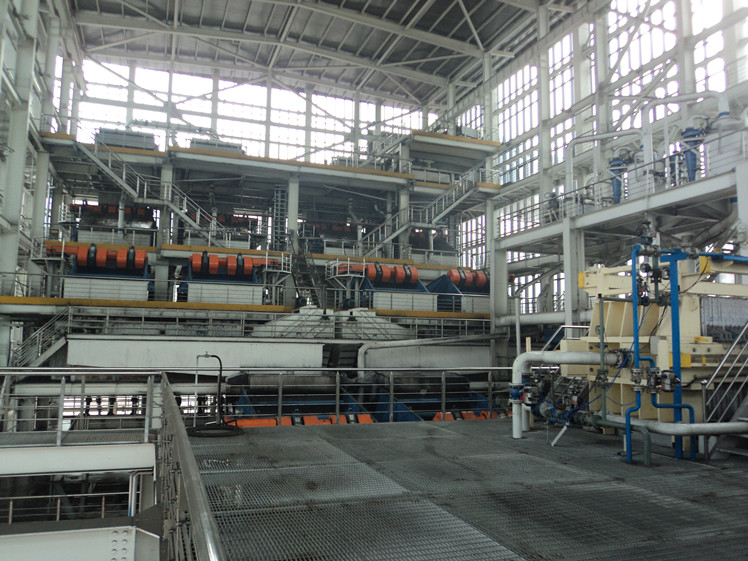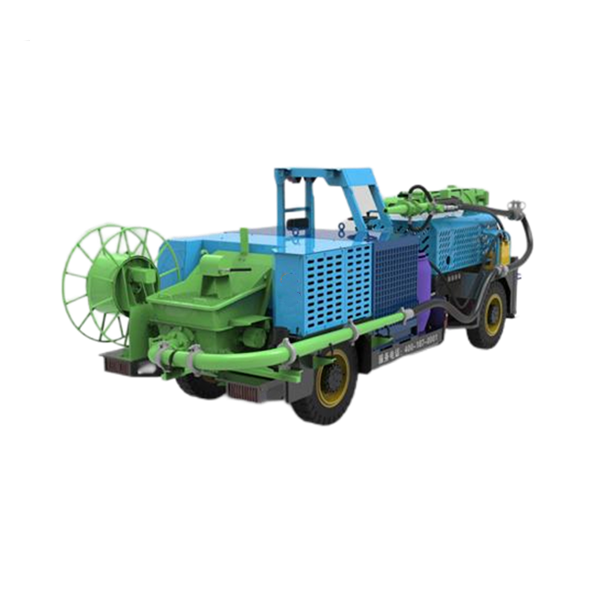
Company:China Mineral Processing & Metallurgy League
Email: sales@hot-mining.com
Phone:+86 18252116933
Fax:+86 10 58646590
Address:Room10811, Floor8, Building A, Galaxy SOHO, Dongcheng Dist, Beijing, P.R.China
Capital Cost Estimating Methodology for Coal Washing Plant
Coal Preparation Plant_CHPP

The Major Estimate Methods
Take off of quantities from progress plans, representative pricing by database, manuals, quotes, bid results, or experience adjusted for the conditions of the specific package.Crewed approach to labor and equipment, percent approach to general conditions, overhead and profit, contingency, and escalation.Some allowances carried for immeasurable items.
0. Brief
Estimating methodologies are not static and must be flexible enough to adjust to the needs of the project’s stage in the development process. The development process is described by the overall level of engineering design associated with the major development stages defined for the CHPP/Coal Washing Plant/Coal Washery/Coal Preparation Plant.
The capital cost estimating methodology used for the certain CHPP feasibility study provides capital costs within the battery limits of the facility. A summary of the approach to the capital cost development and resulting estimates is provided in FS stage.
The approach to capital cost development is a combination of factored equipment, project-specific vendor budgetary quotes, and scaled approaches using HOT Mining’ in-house database, cost estimation software and cost model. The format includes separate evaluation of major systems and sub-systems for the entire plant.
The resulting capital cost is provided on an estimate form that recognizes each cost account for the plant. Each account in the estimate contains separate costs for equipment, materials, and installation labor, civil job, etc. These costs make up the total field cost, also referred to as the bare erected cost. The total capital cost estimate includes the cost of equipment, freight, and materials and labor for equipment installation and erection; materials and labor for construction of buildings, supporting structures, and site improvements; engineering, construction management, and start-up services (professional services); and project contingency.
HOT Mining has significant experience in the area of CHPP/Coal Washing Plant and recent cost estimates from vendors on other projects for major equipment in the on-site CHPP area.
1. Estimate basis
1.1 Direct cost
1.1.1 Scope documentation
To develop cost estimates to the level provided in this CHPP, the technology must be developed to provide the following source data:
General arrangement drawings;
Process flow diagrams;
Material balances;
Conceptual engineering drawings and sketches;
Project equipment lists;
Equipment data sheets;
Vendor budgetary quotes;
Equipment and pricing from historical data;
Construction labor and labor rate estimate based on study of area; and
Civil job rates and materials, etc.
1.1.2 Estimate approach
The following approaches were used in developing the capital costs for the technologies described in the FS reports:
Factored equipment;
Vendor estimates;
Parametric modeling; and
Each of these approaches is described in more detail below.
Factored equipment
The majority of the estimate was developed utilizing the factored equipment method. Equipment pricing is developed using equipment parameters. Bulk materials costs and installation costs are developed by applying a factor to the established equipment cost to derive a total installed cost. Factors vary by type of equipment, metallurgy, and complexity, and conform to HOT Mining standards.
Vendor estimates
Vendor estimates vary from furnish-only to engineer-furnish- install.
In cases where vendors provided furnish-only pricing, the factored equipment approach was used to determine total installed costs.
Where vendors provided furnish-and-erect costs, a factor was applied to account for the foundation and bulks only.
In cases where vendors provided total installed costs, no additional factors were used.
Parametric modeling
In some cases, the HOT Mining estimating model was utilized to determine installation costs.
1.1.3 Plant equipment pricing
Budget pricing inquiries for major equipment/systems were issued based on specifications, data sheets, and/or bills of materials generated as a part of the engineering effort. Three categories of vendor pricing are considered in the methodology:
Vendor pricing – total installed cost
Pricing for equipment received from the vendors in the form of Total Installed Cost.
Vendor pricing– furnish and erect cost
Pricing for the equipment received from the vendors in the form of a Furnish-and-Erect Cost.
Vendor pricing– furnish only cost
Pricing for the equipment received from the vendors in the form of a Furnish Only Cost.
1.1.4 Construction/installation
Construction is based on the owner retaining the services of an engineering/design/construction/EPCM firms and executing construction with multiple contracts. Construction/installation costs include the following:
Labor;
Construction management;
Contracting methodology; and
Contractor’s Indirect costs
Indirect costs include, but are not limited to, the following:
Mobilization and demobilization;
Warehousing and material handling;
Site supervision;
PPE tools (personnel safety);
Temporary facilities;
Conventional tools, such as tower crane, scaffolding;
Field office;
Small tools and expendables; and
Construction equipment, etc.
2. Contingency
Project contingency covers the “unknown unknowns” associated with a project. Contingency may cover things such as minor fluctuations in equipment or pipe sizing, unanticipated fluctuations in regional labor productivity, minor fluctuations in anticipated material escalation.
Normally, this level of contingency can be supported by historical data from past projects or from our local partners’ experiences. In some cases, a specific or process contingency may also be included to cover things as mentioned above. There is always some level of change as a project progresses from concept to final design. As design concepts become solidified and project scope/definition improved, the level of contingency required will generally decline.
Contingency is not intended to cover significant scope changes, undocumented underground conditions, and removal/remediation of hazardous materials, discovery of archaeological artifacts, force majeure events, or escalation beyond that which could be reasonably predicted.
Contingency funds are different than the anticipated estimate accuracy. Contingency is viewed as a real cost which will be spent during the course of project implementation. The estimate accuracy range reflects the confidence level in the overall estimated project cost for the defined scope of work.
3. Inflation
Project costs were developed using constant fiscal year 2015/2017 cost estimates for the various project components. An inflation rate shall be applied to fiscal years F2015 to F2017 to develop an inflation adjusted cost estimate as at time of implementation. The rates are based on the official reports.
Interest during Construction (IDC)
The forecast capital costs include an amount for IDC, which is the cost of financing the project by the utility prior to the project being put into service. IDC is recovered in rates. Due to the nature of utility facilities, there are often long lead time equipment purchases and lengthy construction contracts that must to be financed by the utility. Adding IDC to an estimate ensures that the utility is not out of pocket for the costs of financing large utility projects that are for the benefit of rate payers that use the utility facilities. BC Hydro sets the IDC rate for transmission capital projects. An IDC rate which is provided by Australian banks shall be used for the project estimate.
4. Identification of cost reduction opportunities
There are significant opportunities to reduce capital costs by source more equipment and steel structure work from emerging market. The most importantly, the sourcing capabilities and QA/QC experiences in emerging market is the key to success.
Furthermore, the integrated spare parts supply and back-up services on-site would also help CHPP to reduce operational cost.
You're concerning why HOT Know-How? (help to reduce capital cost in project execution stage)
We'd like to share more details with global coal washing professionals.
Heng Huang, Director of HOT Mining
Email: hhuang@hot-mining.com Skype ID: huanghengwolf5
Coal Washing Plant-ECP/EPCM/FEED/LSTK
Mineral Processing Plant/Gold CIP-Flotation Production/Cu-Zn-Pb Dressing
Mining Engineering/Underground and Open Cut Mining
Contact us:
|
|
Serena Fu |
Kira Zhang |
|
|
serena.fu@hot-mining.com |
kira.zhang@hot-mining.com |
|
Skype |
Serena20140924 |
kira.zhangjing |
Please feel free to give your inquiry in the form below.We will reply you in 24 hours.

























